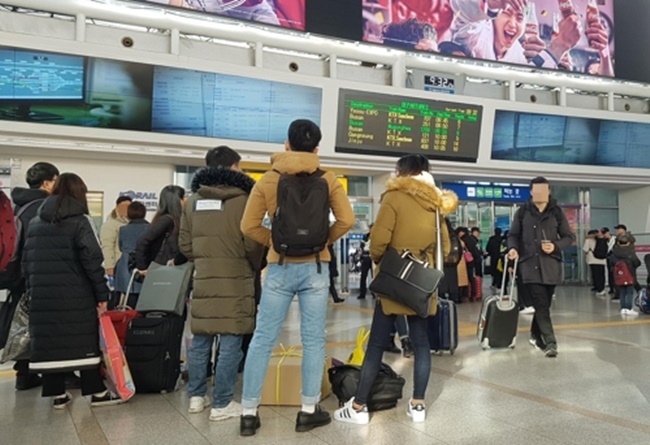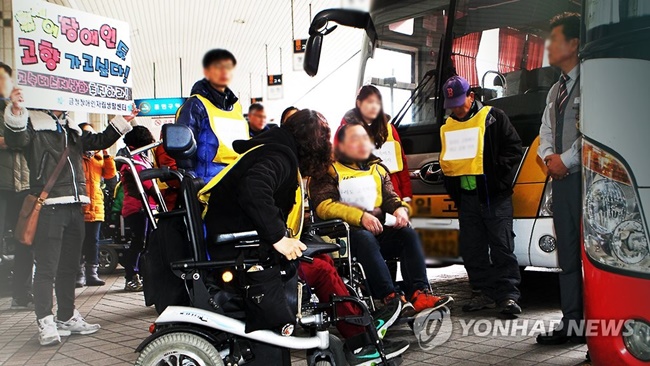
The report released by the Ministry of Land, Infrastructure and Transport on Monday revealed around 30 percent of South Koreans are considered ‘vulnerable’ using public transport facilities, particularly when it comes to passenger ships, bus stations, and terminals. (Image: Yonhap)
SEOUL, April 3 (Korea Bizwire) — Nearly 1 in 4 South Koreans feel inconvenienced by public transport, prompting calls to improve transportation infrastructure, according to a new government report.
The report released by the Ministry of Land, Infrastructure and Transport on Monday revealed around 30 percent of South Koreans are considered ‘vulnerable’ using public transport facilities, particularly when it comes to passenger ships, bus stations, and terminals.
Seoul was named the city with the most convenient public transport system for the vulnerable in the country, while Ulsan, Daejeon and Sejong City scored low.
As of late 2017, the number of vulnerable public transport users stood at nearly 15 million, up by around 250,000 compared to 2016, and accounting for 28.9 percent of the country’s total population.
When broken down by age, individuals over 65 years of age made up nearly half of the vulnerable population, while children and guardians accompanying them accounted for nearly 40 percent.
Disabled people and pregnant women accounted for 9.2 percent and 2.7 percent, respectively.
While the figure for seniors rose by 12.8 percent year-on-year, reflecting the country’s aging population, the figure for pregnant women and children’s guardians fell on the back of declining birth rates.
Though non-disabled and disabled people took a similar number of journeys within the same city or region every month, the gap between the two groups widened when it came to travels between cities and regions, with the non-disabled traveling nearly three times more frequently than the disabled.
The most popular means of transport varied between groups, with non-disabled people and pregnant women opting for the bus for journeys within the city, while seniors chose the subway, which is free for those over 65 years of age.

Nearly 1 in 4 South Koreans feel inconvenienced by public transport, prompting calls to improve transportation infrastructure, according to a new government report. (Image: Yonhap)
People with disabilities were found to take both buses and the subway on a similar level.
When it came to traveling between cities however, most people drove, while non-disabled people and seniors preferred express buses and disabled people preferred the train.
Travel convenience of public transport, passenger facilities, and the streets improved in 2017, with the installation rate of tactile paving and lower curbs up by 5.2 percent.
Ashley Song (ashley@koreabizwire.com)






